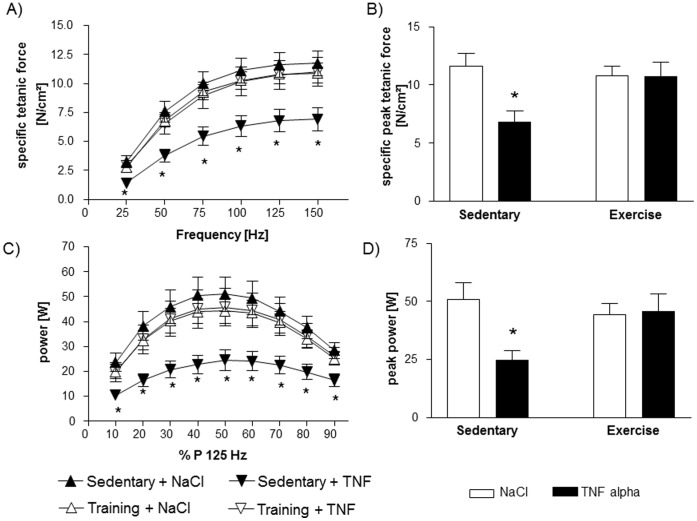Figure 1. Force development is impaired in sedentary animals treated with TNF-α as shown by the force-frequency-relation (A).
Specific peak tetanic force development (B) is reduced by ∼42% due to a single intraperitoneal TNF-α administration. This loss of force can be almost prevented by extensive exercise training four weeks prior to TNF-α administration. Power of the diaphragm is also reduced in sedentary mice by TNF-α, but this can be essentially prevented by exercise training (C and D). *p<0.01 vs. sedentary+NaCl and exercise+TNF-α; n = 10 per group.

